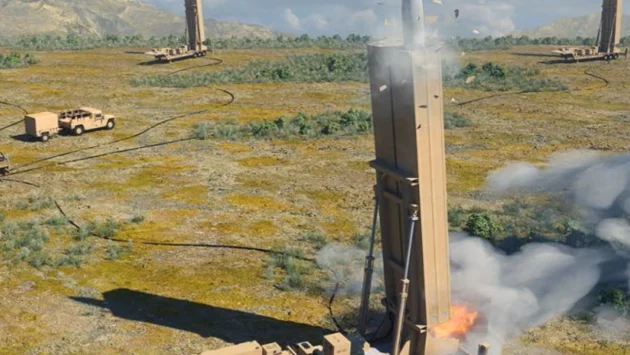U.S. Military Conducts Innovative Resolute Hunter 24-2 Exercise
The U.S. military recently showcased its operational capabilities through the Resolute Hunter 24-2 exercise, engaging the 1st Multi-Domain Task Force (MTDF), which features the cutting-edge hypersonic missile system known as Dark Eagle. This system, also referred to as the Long-Range Hypersonic Weapon (LHRW), represents a significant leap in modern warfare technology. Although this marked the first use of hypersonic weapons in a practical training environment, it’s noteworthy that successful test launches have yet to be achieved.
A Collaborative Training Effort Across Borders
Resolute Hunter 24-2 unfolded over an intensive three-week period, involving collaboration among forces from three different nations and four military services. This multinational approach highlights the importance of teamwork in contemporary military operations and the strategic sharing of knowledge. While specifics about actual launches of the Dark Eagle remain under wraps, the focus of the exercise was primarily on real-time “detect-target engagement” procedures.
Addressing Challenges in Hypersonic Weaponry
Recent findings from the exercise emphasize the U.S. military’s adaptability to complex battlefield conditions and varied operational scenarios. However, the last test involving the LHRW, which took place not long ago, ended in disappointment as it was deemed unsuccessful. The hypersonic missile, with an eye-watering price tag of $41 million per unit, faces structural assembly challenges, even though the launch system itself is reported to function effectively.
Insights from the Field: The Implications of Hypersonic Capabilities
Hypersonic weapons, traveling at speeds greater than five times the speed of sound, present a new frontier in military strategy. A recent study revealed that countries investing in hypersonic technology are poised to gain a significant strategic advantage, as these weapons can evade traditional missile defense systems, altering the landscape of global security. In fact, according to defense analysts, the integration of such technology could reshape military engagements for decades to come.
- Real-World Example: Countries like China and Russia are also developing their hypersonic capabilities, demonstrating the urgent need for the U.S. to advance its own technologies quickly.
- Expert Insight: Military strategists emphasize the importance of not just having advanced weaponry but also mastering the operational strategies necessary for their effective deployment.
As the U.S. military navigates the complexities of hypersonic technology, it faces a critical moment in its defense strategy. The ongoing commitment to exercises like Resolute Hunter 24-2 not only showcases readiness but also highlights the collaborative spirit among allies, preparing for a challenging future where rapid advancements in missile technology will play a pivotal role in maintaining national and global security.






